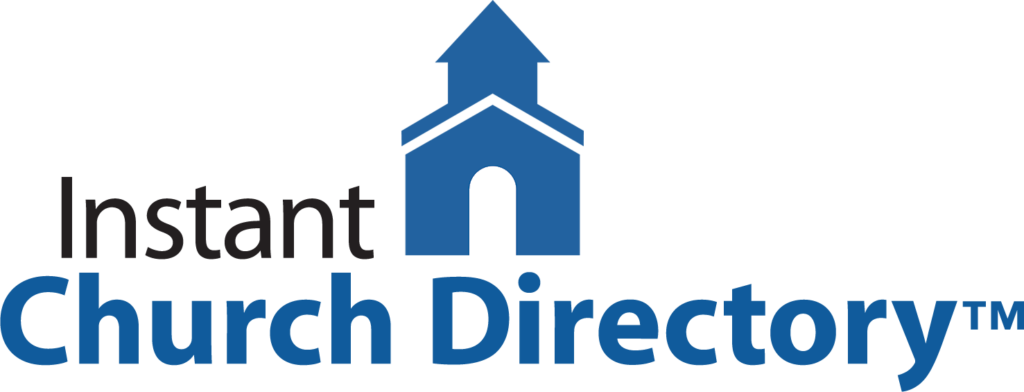By Eric Doss
The pandemic has been a time of loss, of change, and of opportunity. For faith communities, it has shown that you do not have to be in the sanctuary or even the same physical space to worship together.
As many can return to the sanctuary in the coming months, we must provide a meaningful worship service for those who are not able or comfortable returning to the sanctuary.
Hybrid worship is not simply a style of worship; it is removing limitations that prevent all people from joining your faith community, without regard to their location. Every church can be successful in creating a hybrid worship experience, but it requires planning and action to succeed.
Making Worship Interactive
When people return to our buildings, many will continue to worship from home. It is vital to create connections between worshipers in the building and at home to maintain and reinforce the sense of community. Without this interaction, at-home worshipers will feel that they are watching church, not participating.
Virtual, and now hybrid, worship requires the church to equip members for new ways of worship.
Before the pandemic, one of the ways we welcomed visitors and new members was to explain how worship worked. Visitors arriving from a different faith tradition, or none at all, might be surprised by the order of worship or unsure of written and unwritten expectations.
Hybrid worship is similar. To fully participate in corporate worship, visitors and members alike must be clear on processes and expectations.
As we transition to hybrid worship, more training and practice will be necessary. For everyone to fully participate, they need to be comfortable with the technology and the flow of worship.
This training could occur before every service, or at designated times throughout the week or month. No matter when or how training happens, ensuring members and visitors can use the technology will help sustain a sense of community.
To make a visual connection between the two parts of the community, consider using televisions or projectors to broadcast the faces of people worshiping from home. This can be done simply with an old computer connected to the projectors or displays.
Consider installing a “congregation cam,” an audience-facing camera that allows those at home to see the in-building members. This small investment allows worshipers, no matter their location, to remember that they are part of a much larger community, even when we are not present in the same physical space.
Participation in worship is not restricted to those in-building. If your worship includes time for testimonies or prayer requests, ensure someone monitors the at-home members so their voices are heard.
Make a deliberate effort to connect with members worshiping from home and ask them how they want to participate in church. Can they record a solo or a piece of music to contribute? Can they contribute a prayer or a scripture reading?
In 2020, we have learned that members and leaders can contribute from anywhere. With some thought and planning, returning to our buildings does not change that reality.
New Volunteer Roles
Virtual and hybrid worship have created the need for new volunteer and staff roles. Churches need camera operators, sound technicians, production managers, channel managers, and even technology deacons.
Camera operators and sound technicians are most often found in larger churches with an advanced worship production team. They manage multiple cameras and microphones, ensuring the production manager has high quality audio and video.
Not every church needs those roles, but even the smallest church can benefit from a worship manager. This role manages the flow of the worship services, including controlling screen and information sharing, muting and unmuting participants, sharing polls, starting music or video, and more.
The manager handles all the operational aspects of the service, so participants focus on their readings, preaching, and music. In smaller settings, the manager may also operate one or two cameras and be responsible for some sound management.
For many churches, worship services occur in a Zoom meeting and the meeting is then broadcast to Facebook or YouTube. Some churches use a distribution system to broadcast to Facebook and YouTube and other streaming services simultaneously. Other churches skip Zoom and livestream directly to their site or other services.
No matter what format you use to stream, a channel manager can improve worshiper engagement. This role interacts with viewers on a channel, be it Facebook, YouTube, or another platform. The channel manager answers questions, shares prayer and testimonials from viewers, and monitors the channel for any disruptions or inappropriate behavior.
The world of virtual church, Zoom meetings, and live streaming is new to everyone, even the most tech-savvy among us. Providing technical training, as mentioned above, is vital to creating and sustaining a sense of community. If people are embarrassed about their technological abilities, or experience a last-minute glitch, they cannot participate fully in worship.
In addition to training opportunities, a volunteer technology deacon can improve the worship experience for all participants. A technology deacon should be comfortable with the software platforms used for worship, they should understand technology at a general level, and be capable of responding quickly to needs. This deacon is available to troubleshoot member and visitor issues and to answer any questions that arise during the service.
When churches made the transition to virtual worship, many did so with little preparation and planning, creating stress for members and leaders alike. The transition to hybrid worship is different; we know there are changes coming and we can prepare.
Successful hybrid worship will look different in every church and each community. No matter what success looks like for your community, now is the time to begin planning and implementing the necessary changes.
Eric H. Doss is a process consultant with Design Group International. He works with congregations and businesses to assess and improve organizational health, including pandemic-related challenges like hybrid worship. Visit him online at www.erichdoss.com.










